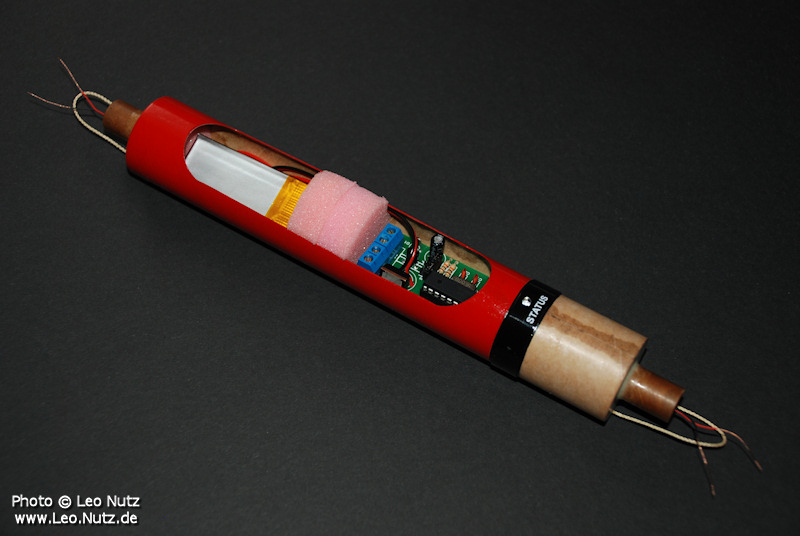WARNING - NO ROCKETRY CONTENT HERE EITHER... 
Jeff:
Assuming the ATMega has an Arduino bootloader on it..
o Connect the serial cable as previously mentioned.
o Set your serial port to 115200 baud... programming at 9600 is nasty.
o Open up the appropriate Arduino environment and load the sketch.
o Go to Tools and pick the serial port, and the board type (most likely Uno).
o For programmer, select Arduino as ISP
Here's the tricky part. Shunt the RST terminal temporaily to ground, holding the ATMega chip in Reset mode. Click on the Upload button in the Arduino IDE, and as soon as it tells you the size of the sketch release the Reset shunt. This will start the bootloader and hopefully tell AVR-Dude to sync up. You may have to do this a few times to get the timing correct, but it does work... I've done this literally a thousand times.










